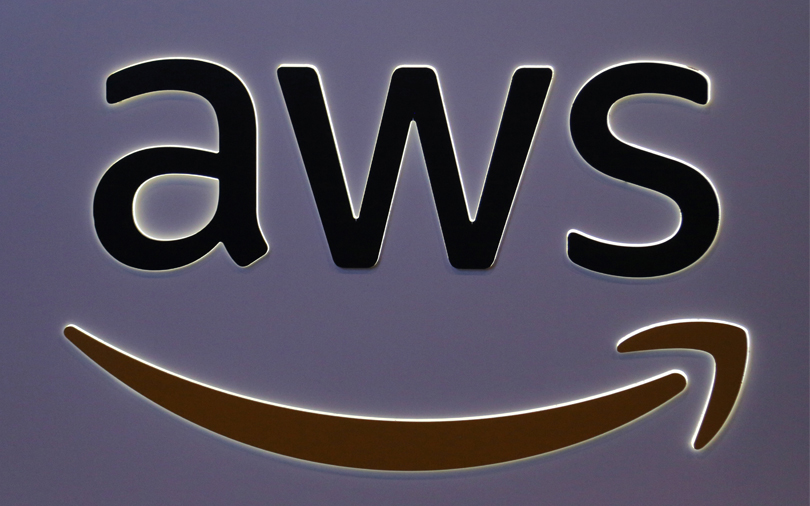
Amazon Web Services to let cloud customers access serverless apps


Amazon Web Services Inc., the cloud services division of e-commerce giant Amazon.com Inc., has decided to allow all its customers access its Serverless Application Repository as part of measures to gain a greater share of the cloud services market.
The company's decision to give its customers a direct way to run cloud-based apps comes after it had previously opened the repository for public preview.
The repository service gives customers access to an app store to try out serverless apps that have been built using an event-driven computing service called Lambda, Jeff Barr, chief evangelist for AWS, wrote in a blog post.

"The repository is designed to make it as easy as possible for you to discover, configure, and deploy serverless applications and components on AWS. It is also an ideal venue for AWS partners, enterprise customers, and independent developers to share their serverless creations," Barr said.
The repository service is available for application deployment at several places in the US, Canada and Europe as well as Mumbai, Tokyo, Seoul, Singapore, Sydney and Sao Paulo.
Lambda was first announced in 2014 by Amazon CTO Werner Vogels. It was developed as a computing service that could run code in response to events and automatically manage the compute resources required by that code. For example, Lambda could help in running applications for or concerning internet of things (IoT) where data being collected over a network of devices could trigger a series of codes or applications to run.

Unlike other cloud computing services where administrators or developers have to configure and maintain server infrastructure, Lambda functions or apps can be programmed to act on certain triggers or events.
In fact, Lambda's repository helps developers save time as they don't have to write new code for apps but just modify the code for the required purpose and deploy them directly.
Barr said the new repository service can be used by customers and publishers both. "As a consumer, you will be able to tap in to a thriving ecosystem of serverless applications and components that will be a perfect complement to your machine learning, image processing, IoT, and general-purpose work. You can configure and consume them as-is, or you can take them apart, add features, and submit pull requests to the author," he said.

He also said that developers could publish their contribution in the repository as well. "You simply enter a name and a description, choose some labels to increase discoverability, select an appropriate open source license from a menu, and supply a README to help users get started. Then you enter a link to your existing source code repo, choose a SAM template, and designate a semantic version," he explained.
